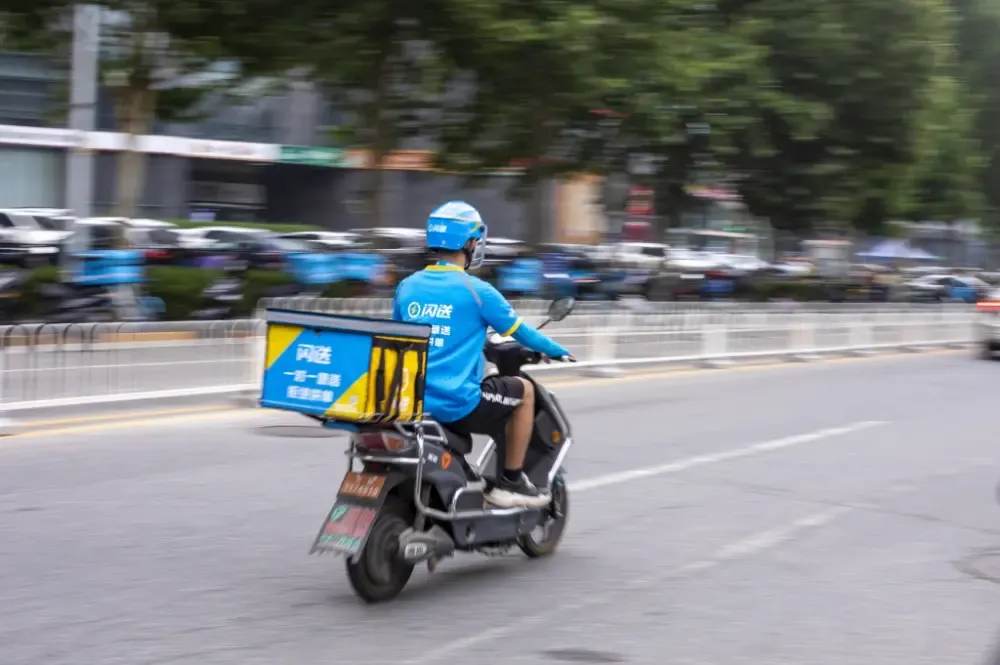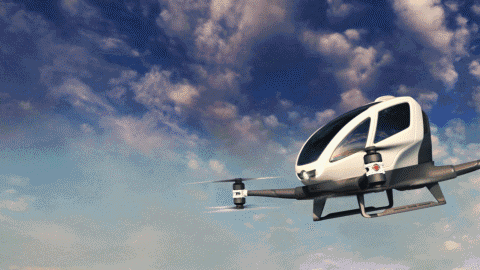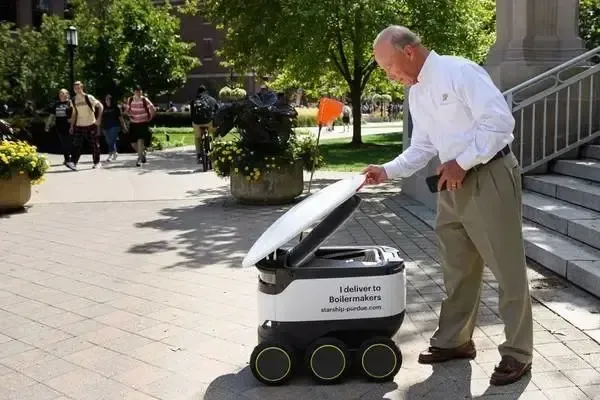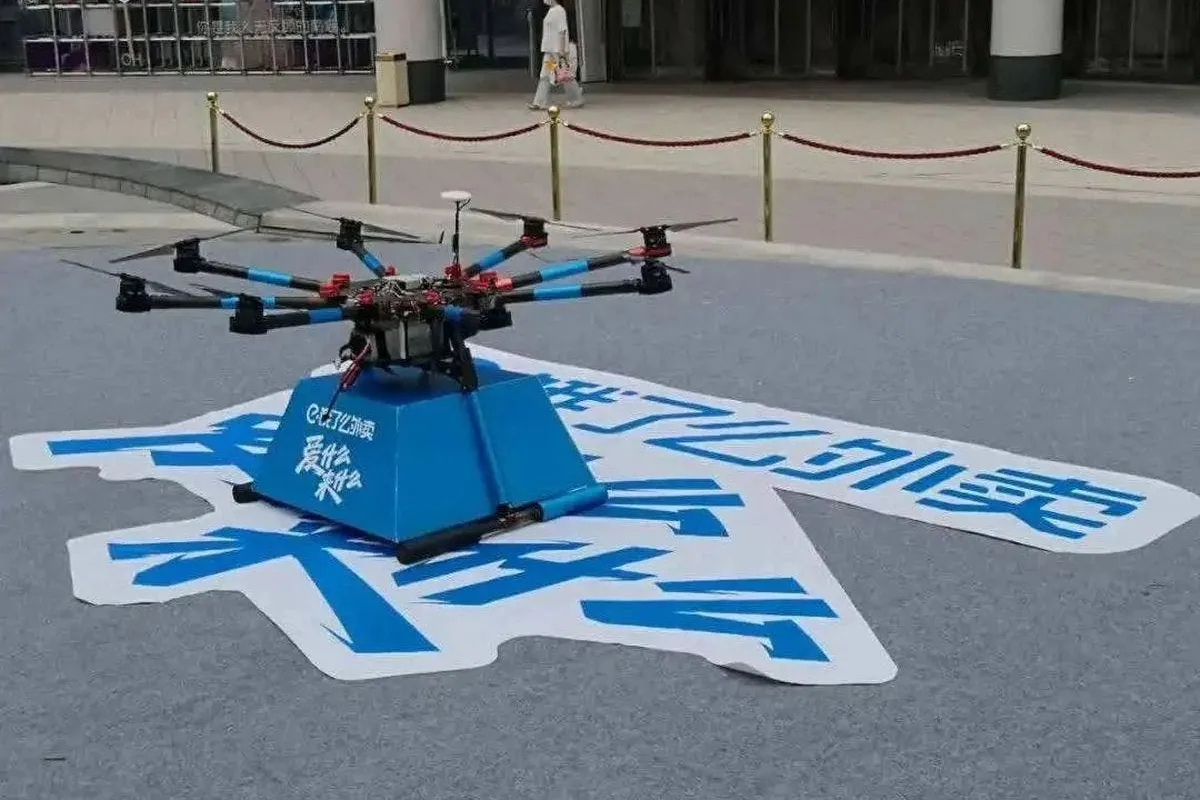The technology industry is rapidly developing and people are now losing their jobs to machines. One important question that requires an answer is the major focus of this article. Will drones replace delivery riders? What is the progress so far in the development of drone delivery? There are two paths for the use of drones in delivery. The paths are
- To directly fill the labour gap and replace manpower. Also to develop drone delivery transport capacity.
- To use machines to improve and optimize the efficiency of human distribution.

The right path will be to have a collaboration between regular riders and drone delivery. A simple answer to this question is that the latter can not completely replace the former for now. Nevertheless, the only reason why drone delivery remains unpopular is because of immature technology. There are three major issues with drone delivery and they include
- Vague business model
- Security issues behind complex policy restrictions
- Huge technical challenges
Vague business model
At the moment, the business model for drone delivery is not clear. In simple terms, tech experts are not so sure if drone delivery is actually cheaper. If you understand the hardware field knows that it is not always simple to use hardware to replace people. You can't just think that using some sort of hardware means spending less money.

Take self driving cars as an example. A self driving car varies greatly according to the technical capability. The price could vary from as low as $30,000 to as high as $70,000. Even in the cheapest case scenario, and this is exaggerated greatly, this car will cost $20,000.
So how much does the courier company earn by sending a single courier? Probably from a few cents to a few dollars depending on the weight of the package and the distance covered. The rest is a very simple math problem. If you use a self driving vehicle to deliver a courier, how many orders will it take to pay back the cost of the vehicle? At least thousands of orders, if not tens of thousands of orders. When you add the maintenance cost for the hardware, then getting back the cost of the self driving vehicle will take more time.
The situation with drones is not very much different. The price of drones capable of delivery costs thousands of dollars. Thus, it will also take thousands of orders to get back the drone cost. Of course, the drone will be operated by a human. When you add the human cost, the orders increase.
Drone delivery still has some labour costs
One of the associated labour costs with drone delivery is the operator. Some country’s policies and regulatory requirements require a safety officer to follow certain deliveries. In this case, the drone can not fly beyond the field of vision of humans. Thus, in some cases, this thing needs a nanny, and the nanny's salary has to be included in the cost.

This is only the cost of the product and the operation process itself. This does not include the huge cost of R&D iterations, and the cost of supporting a huge R&D team. The financial pressure here is really not something that every company can bear.
There is no stable technology for drone delivery for now. This makes the business model more difficult to handle.
Security issues behind complex policy restrictions
The second major issue of drone delivery is security, policies and restrictions. In fact, in the face of new technologies, the pressure on regulators is even greater. Enterprises only need to consider the issue of input to output ratio. All technologies, products, and operations can be attributed to the issue of money in the end. If you don't make money, you can withdraw at worst.

But regulators have to take into account all the externalities of new technologies and new business forms. It is necessary to consider not only social benefits but also risks and hazards. Imagine walking on the road and a drone drops from the sky. How scared will you be when you see its blades spinning rapidly as it drops? What about the owner of the courier it was carrying, how much loss will it be?
This is why Chinese, American and European regulators are very cautious about drone delivery. One big bug can cause huge crashes and several losses. Therefore, in order to prevent risks, regulatory authorities will ask companies a series of questions, including but not limited to:
- How to ensure that self driving vehicles and drones are not hijacked during the delivery process?
- How does the device ensure that the user's privacy is not violated when collecting information for the vision algorithm?
- How can the information collected by the equipment be protected from illegal use and theft?
Strict regulations may not solve all the issues
No matter how strict the requirements are, they cannot take into account all the actual conditions. Many people think that the regulatory authorities should take the initiative to issue rules to standardize the industry. However, there is a need for actual large scale operation of drone delivery. Without this, enterprises and regulatory agencies will not be able to come up with reasonable standards. After all, regulators are human beings, not prophets.

However, if there are no reasonable rules, it will be difficult for the regulatory authorities to issue licenses so that enterprises can operate legally and compliantly. At the moment, we can only discuss it. Everyone should take smaller steps but the technology should be implemented slowly.
Huge technical challenges
Finally, there is the question of technical difficulty. In my opinion, it is not suitable for Internet companies to do drone delivery in terms of the corporate culture. What do Internet companies like to do? They like to be aggressive like fire. They also like to hold high and fight for rapid expansion. However, drone delivery technology is a slow and meticulous job. The software and hardware systems are closely linked with the operating system.

If the business model is wrong, the technical path may be wrong. From a technical point of view, delivery by a person is actually a complex situation. This includes planning, perception, obstacle avoidance, navigation, etc. Each part has many technical problems that require real life situations to solve them.
There are too many issues that need solving. What will we do if the drone takes off and a storm hits the drone? What about heavy rains? Can delivery drones really handle complex issues that are difficult to handle even by a person? There are a lot of questions that require answers






Place comments
0 Comments
You are currently seeing only the comments you are notified about, if you want to see all comments from this post, click the button below.
Show all comments